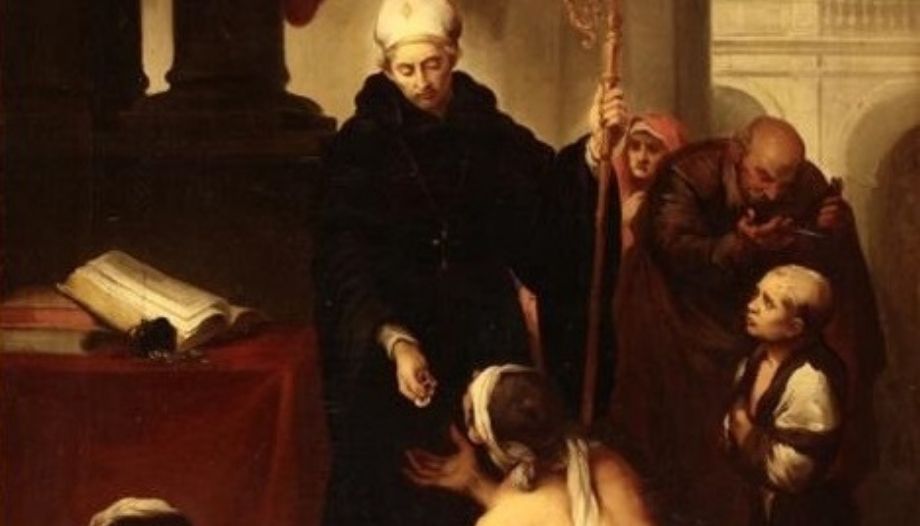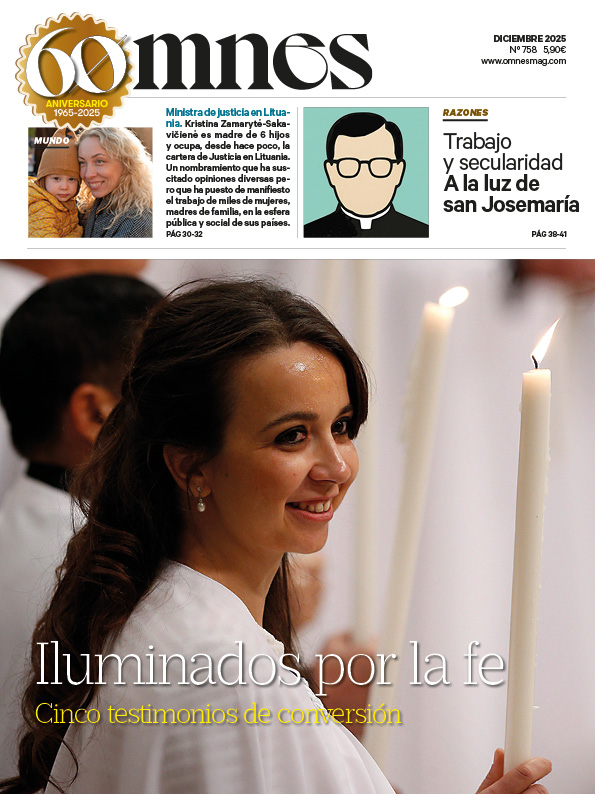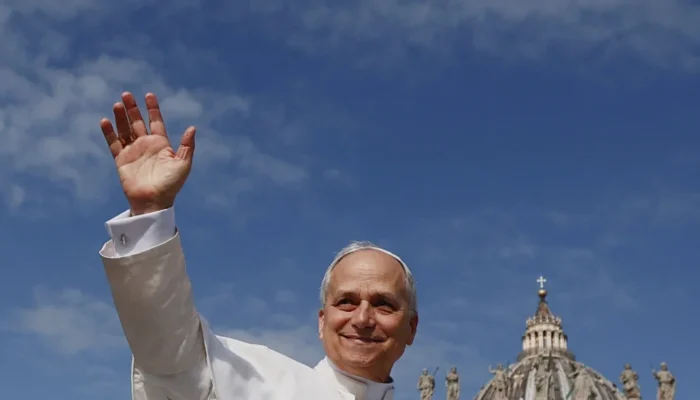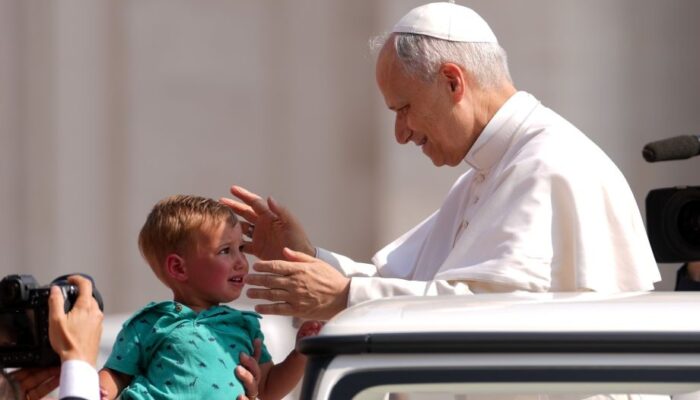St. Daniel Comboni, priest and Italian missionarydedicated his life to the evangelization of Central Africa, founding the Comboni Missionary Institutes. He is known for his "Plan for the Regeneration of Africa", which proposed that Africans evangelize their own continent ("save Africa through Africa"), respecting their culture.
Comboni, missionary vocation in Africa
The Italian Daniel Comboni was born on March 15, 1831. In 1854 he was ordained a priest and three years later, in 1857, he set sail from Trieste (Italy) with the expedition of the Mazza Institute for Central Africa. It was his first trip to Africa, a continent to which he would make seven more voyages.
On September 15, 1864, at the tomb of St. Peter in Rome, he conceived his 'Plan for the Regeneration of Africa'. In June 1870 he prepared a document to present to the Council Fathers of Vatican I, 'Postulatum pro Nigris Africae Centralis'. An important group of bishops signed the letter, which was approved on July 18 by Pope Pius IX.
Comboni denounced the living conditions of the Africans. Already on his first trip in 1857 he experienced the difficulties of the mission in Africa and strengthened his missionary and African vocation. St. Daniel Comboni died in Khartoum (Sudan), victim of fevers, on October 10, 1881, at the age of 50. He was canonized in 2003 by St. John Paul II. The Sacred Heart of Jesus is the source of Comboni spirituality.
Tomás de Villanueva, Augustinian, Archbishop of Valencia
Saint Thomas of Villanova (1486-1555), Augustinian friar and archbishop of Valencia, maintained a deep sensitivity towards the poor. Born in Fuenllana (Ciudad Real, Spain), he was educated in Alcalá de Henares and was ordained an Augustinian priest in 1518. He was confessor and preacher to Charles V. After being named, against his will, archbishop of Valencia, he revitalized the diocese, founded a seminary and organized a vast network of social assistance.
The Augustinian bishop of Valencia transmitted his university formation in preaching and in ascetic and mystical writings. His preferred sources were the Bible, the Fathers of the Church (with special attention to St. Augustine) and the spiritual authors of the time. His mortal remains are preserved in the cathedral of Valencia.







